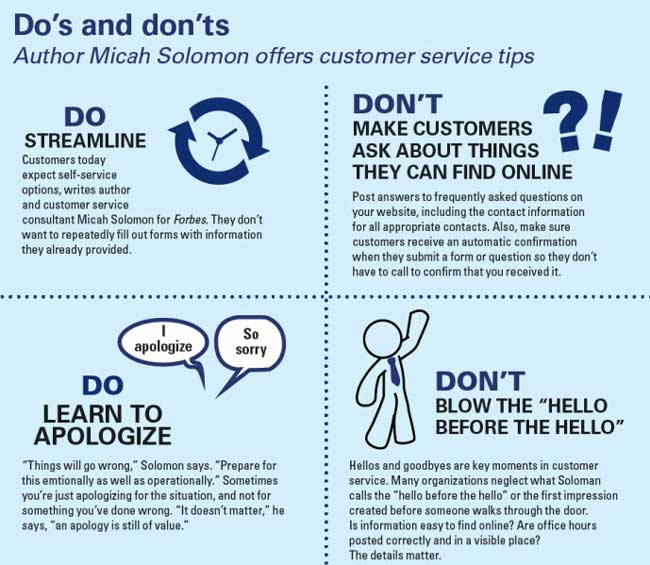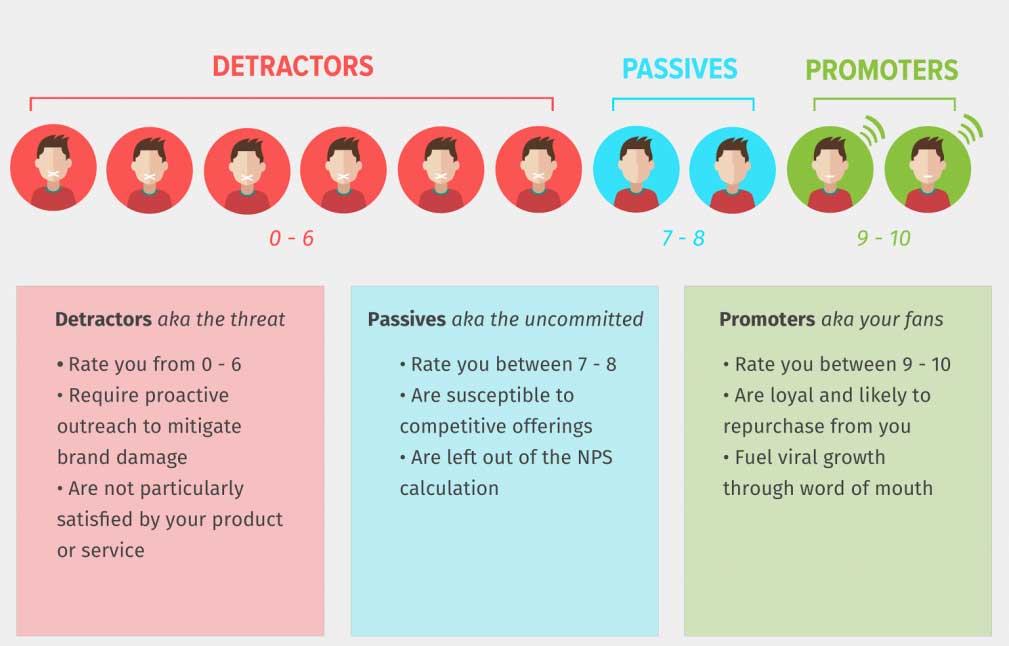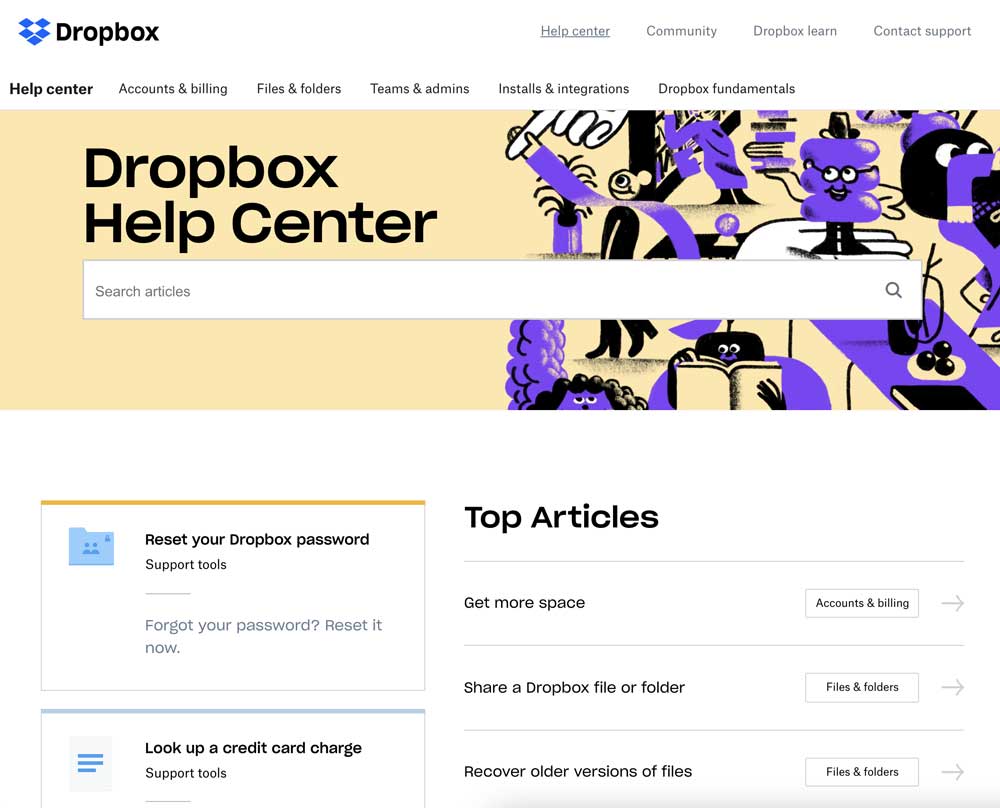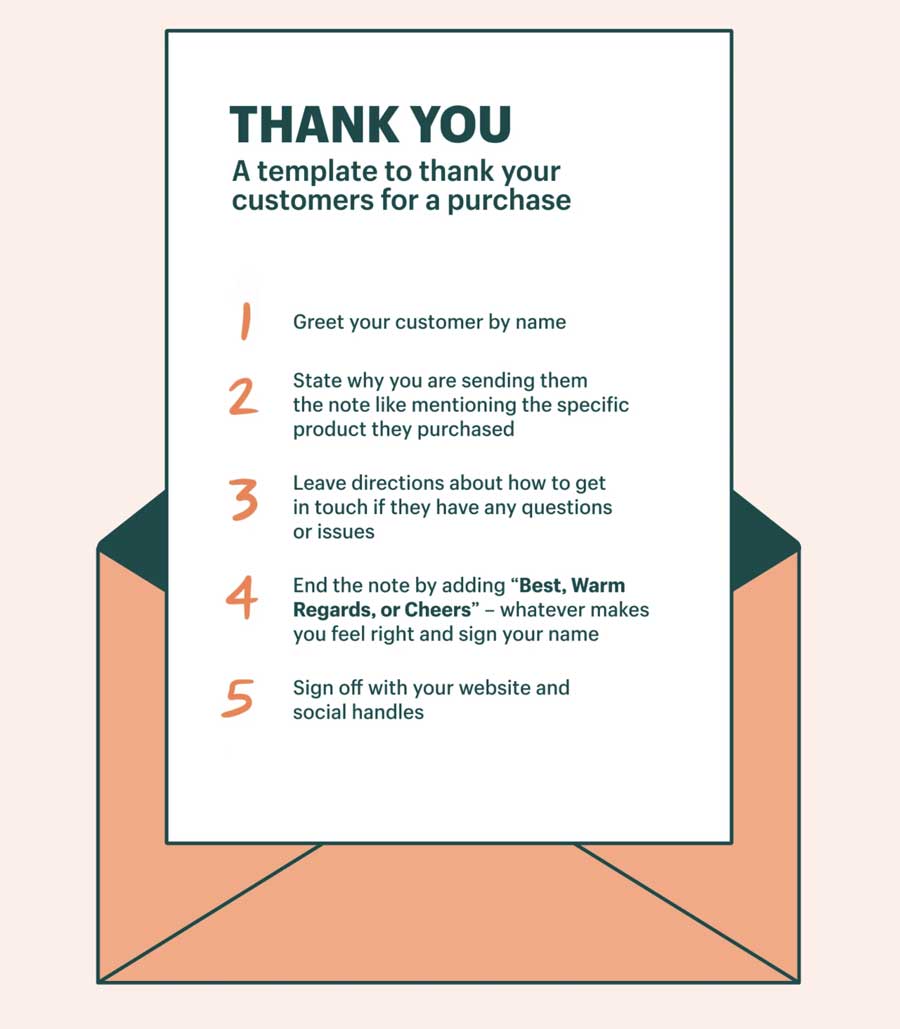Good customer service is worth its weight in gold. Not only is customer service a key competitive differentiator, it’s also the best way to foster loyalty and increase your bottom line.
To help you step up your customer service, we’ve researched different industries and come up with 15 of the best customer service tips any business can try today.
But first…
What are the three most important things in customer service?
Many companies are turning to chatbots and AI for their customer service. Others are convinced you need a personal touch when it comes to customer interactions. No matter what side you’re on, there are three important things when it comes to excellent customer service:
Be professional: It’s common for customers to turn to support when they’re frustrated, upset, or angry. It’s customer service’s role, however, to understand where they’re coming from and provide the best solution possible. Don’t take it personally and provide the same standard of service every time.
Be patient: Some support tickets will take a few minutes to solve, while some might take days or weeks. Every customer is different and it takes flexibility and patience to make sure you provide the best customer service experience possible.
Take a people-first approach: Ultimately, a customer wants to express what they’re going through and feel understood. They want help from someone who relates to them and truly wants to help. This may be taking a friendly tone in your messaging, or sending a personal follow-up after their problem has been solved.
15 customer service tips to remember
With the top three points guiding your customer service strategy, let’s get to some tactics and tips you can apply right away.
1. Always be empathetic
Approach customer conversations with empathy, whether they’re venting about a problem or asking a question.
Carefully listen to customers so you can understand their needs and deliver personalized support every time (more on this in #3 below).
If a customer has a pressing question or problem, walk them through the steps needed to solve it. Focus on meeting their needs rather than rushing to solve as quickly as possible.
Frustrated customers may get angry and lash out verbally, but don’t take this personally and never fire back. Always maintain your composure, and keep a calm demeanor.
2. Use positive language
Give customers a better experience by changing negative language for positive alternatives. Negative language can sound like you don’t care about the customer’s needs, and may case unintentional conflicts.
For example, say you’re a water bottle company and you receive a large number of online orders for one of your pink water bottles. That bottle is now out of stock and you won’t be able to fulfill the order for two weeks. How do you communicate this issue to the new customer?
You SHOULD NOT say: “The pink water bottle you’d like to order is out of stock. We won’t be able to send you that product for another two weeks.”
You SHOULD say: The water bottle you’d like to order will be available in two weeks. I can place your order right now, and when the next shipment comes to our warehouse, I’ll make sure to send you the bottle right away.
3. Personalize your conversations
Yes, you should always remember each customer’s name and use it throughout the conversation. But there are far more ways to add a personal touch:
- Through the medium of contact. For example, say you’re helping your customer solve a problem and you need to contact them to follow up on the status. Ask them whether they would prefer a follow-up email or call. If they would prefer a call, suggest a time to make sure it would work for them, rather than just calling at random.
- Listen to all the details your customer provides, and then mention those details later in the conversation. If you’re interacting face-to-face, use positive body language, such as making direct eye contact and having relaxed posture. Pick up on personal details about what a customer is wearing (such as a sports jersey) and ask about that. These gestures go that extra mile and show you care.
4. Respond and resolve inquiries promptly
Always value your customer’s time. When you receive an inquiry or ticket in your helpdesk software, respond as quickly as possible.
- If it’s a question: Understand what they’re asking and give a clear answer. You can also point them to any relevant knowledge base documents on your site.
- If it’s a problem: Let them know you’ve received their message and are working on resolving the customer issue. Then, update them on the status of resolving the problem (within the next day, if possible).
If you receive a number of customer queries through email, having a shared inbox like support@ or info@ can help you manage all your incoming emails with ease and provide better team collaboration. Developing templates or workflows can also help your customer service reps promptly answer the most common customers questions.
Although quickly resolving problems is important, properly resolving these problems so customers are satisfied is even more vital. If customers aren’t satisfied, they’ll likely open up another ticket or stop buying from you altogether.
5. Address customer complaints graciously
One of the most important customer service practices is graciously dealing with complaints.
Pay attention to the words you use when you write or speak, as well as the way you sound (or the way your written message sounds when you read it out loud).
Promptly addressing a customer’s concerns can often turn a negative outlook into a positive one. But ignoring an irate customer could lead to you losing them forever (and even spreading their negative experience with more people).
In most cases, customers with complaints are already on edge. You need to act in a way that defuses the situation.
Use the CARP method: Control, Acknowledge, Refocus, and Problem-solve.
- Control the situation. Your words, tone, and body language must project calm and show the customer you won’t be rattled.
- Acknowledge their concern. Use empathy and active listening to show you understand the customer’s problem and care about finding a solution.
- Refocus the attention. Move the focus away from the customer’s emotions and back to the problem you need to solve.
- Problem-solve. Gather information on the problem, suggest and talk through solutions, and maintain a helpful demeanor. If possible, solve the problem during the conversation. If you can’t solve it right away, make sure you follow up the next day to tell the customer you’re working towards a solution.
6. Set and work toward measurable goals
Many customer concerns will be the same, and it’s easy to go into autopilot after some time. Keep your customer service team members motivated by setting customer service goals:
You can set a target customer retention rate. Keeping customer retention rate high (and thus, keeping churn rate low) is most important, as it shows how successful your customer service efforts have been overall.
Consider measuring Net Promoter Score (NPS). NPS is simple survey that asks customers to rate how likely they would recommend your business to others.
7. Use a conversational tone
Remember that at the other side of every ticket or chat is a person. Be conversational and don’t use robotic-sounding language or confusing jargon. Talk the way your customers talk. And if you aren’t talking to a customer in person, write your messages in a way that reads as conversational and personal.
For example, say a new customer named Jack has a question about their recent order:
Do NOT write: “We have received your inquiry and will address it promptly. Your support ticket number is 000123.”
DO write: Hi Jack, thanks for your order! Just wanted to let you know that we got your message. We’re working on an answer, and I’ll get back to you soon. Thanks again, [your name]
8. Be proactive
Rather than waiting for questions or complaints from your customers, reach out to them regularly throughout the year to see if they have questions or concerns. Take that initiative!
If a customer does raise a challenge they’ve been having, clearly acknowledge the problem and respond that you’re working to solve it as soon as possible.
Whether the solution involves fixing a bug or sending a replacement part, act quickly and deliver on your promise.
And always thank customers for their patience and understanding.
9. Put a self-service system in place
If you primarily operate online, it’s a good idea to set up a system for customers to help themselves.
For example, you can add a knowledge base, FAQ, or recorded webinars to your site. Another great option is setting up an online community where you answer questions customers post in the forum. However, the real power of the forum is it empowers customers to help each other answer questions and solve problems.
(While self-service systems are a great option for many customers, they’re not a replacement for personal customer service. Many customers and cases will still need that one-to-one conversation with someone from your team.)
10. Collect and act on customer feedback
Collect feedback on how your brand is doing from both product and customer service standpoints. Ask for reviews, run NPS and other customer satisfaction surveys, or send feedback forms after each purchase.
You can also collect feedback through regular check-ins, where you reach out to individual customers to ask what you’re doing well and how they think you could improve. Keep these conversations short and consider offering a small token (i.e., gift card, free service) for their time.
And don’t just collect feedback – act on it. Respond to any customer reviews and social media comments, whether it’s positive or negative. This shows people you care about their insights and are always working to improve.
11. Take a bird’s eye view
Look at the entire customer experience. Are there any cracks that need to be filled by customer service to improve customer retention and reduce churn?
For example, based on reviews and feedback, are people frustrated with your purchasing process? Or are you not responding to support requests quickly enough to retain customers?
Conversely, what things do your customers like most? This tells you the exact customer service strategies to keep using!
12. Send offline thank-yous
We live in a digital world, but that makes it even more important to show your company’s human side, especially if you aren’t interacting with your customers in person.
Sending handwritten, personalized thank-you notes is a thoughtful way to make your customer’s day and remind them of your brand. When customers feel appreciated, they’ll be more likely to buy again.
13. Go the extra mile
Sending thoughtful tokens and is another effective way to show your appreciation and build customer relationships. Here are some examples of ways to go beyond customer expectations:
- If you’re in ecommerce, select a random loyal customer and upgrade their shipping (as an unexpected surprise).
- Service industries can offer upgrades, like when a hotel upgrades someone’s room for free or a restaurant serves a free appetizer or dessert.
- If you have a brick-and-mortar location, offer free refreshments to customers who visit your store, or offer VIP treatment to your best customers.
- Surprise your customers with free gifts, such as branded items or gift cards.
- Send coupons or gifts on a customer’s birthday or on the anniversary of their first purchase.
- If you’re a B2B, social media shoutouts or company spotlights work well for making your business customers feel appreciated.
14. Balance automation and human interaction
Customer experience software (like CRMs or help desk software) can help you collect valuable customer service productivity metrics on how your support team is performing.. It includes average resolution and response times, net promoter score, and the all-important customer retention rate.
These tools can identify customers who are the most satisfied, as well as ones who you’re in the most danger of losing (and whose issues you should immediately focus on resolving).
Finally, customer support software can help you streamline routine tasks, track and collaborate on each ticket, and lighten your support team’s manual load.
Your customer service process can’t live on automation alone, though. Even with all the advances, you can’t replace human understanding and empathy. Direct customer support inquiries, especially the most detailed ones, require support from a real person.
15. Start a customer loyalty program
Customer loyalty programs might not fit the traditional definition of “customer service,” but they can be a crucial part of enhancing the customer experience.
Loyalty programs reward existing customers for sticking with your brand over a long period of time. Usually, these programs reward customers for repeatedly making purchases, but they can reward any brand-building action your brand wants to promote (such as leaving positive reviews or engaging with your social media).
However, loyalty programs aren’t the best fit for every business. They usually work best if your brand sells relatively inexpensive products that customers purchase frequently.
Now that you know the top customer service tips, you’re ready to implement them and reap the rewards of high customer satisfaction.







